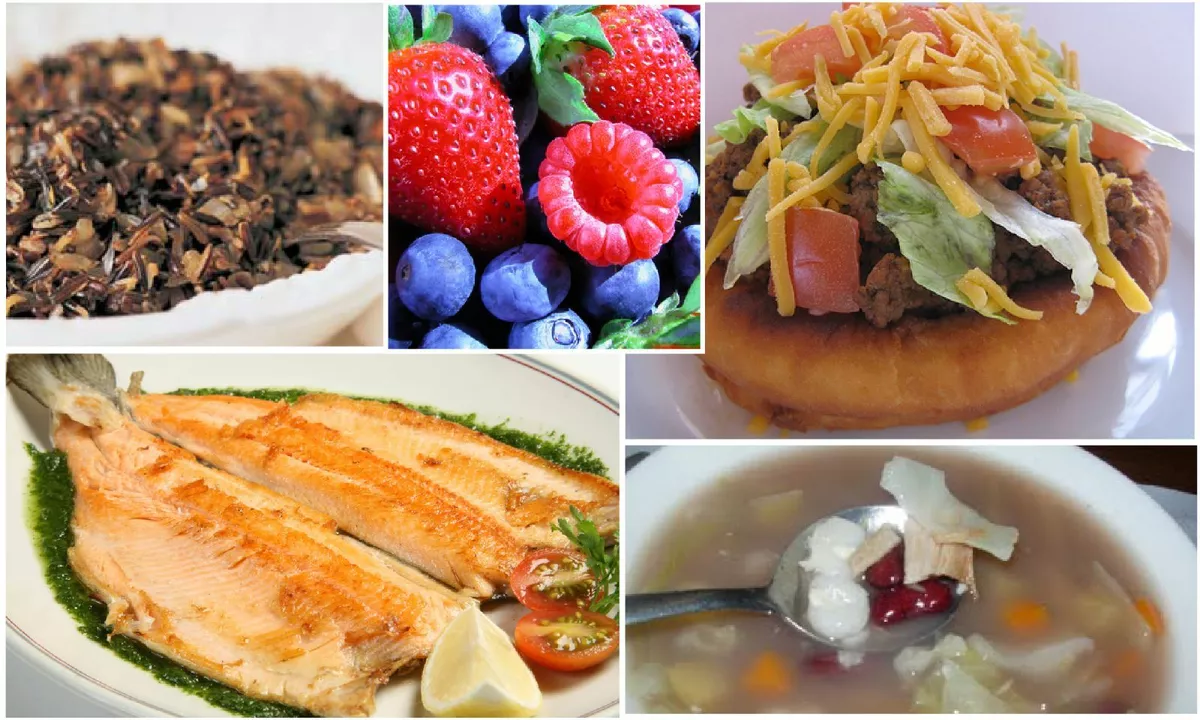Indian bread
Indian bread is simple, filling, and the heart of many meals. Whether you want a quick roti or a showy naan, this guide gives the basics, a couple of easy recipes, and storage tips you can use tonight.
Most Indian breads fall into two groups: unleavened and leavened. Unleavened include chapati/roti, phulka, and paratha. They use whole wheat flour (atta), water, salt and oil or ghee. Leavened breads include naan, kulcha and bhatura; they use yeast, yogurt, or baking powder to puff up and get a soft texture.
How to make a basic roti fast: mix 2 cups atta with a pinch of salt and about 3/4 cup warm water. Knead until smooth and soft, 5 to 7 minutes. Rest 15 minutes. Divide into golf-ball pieces, roll thin, and cook on a hot tava until brown spots appear. Puff over flame if you like puffy phulkas. Key trick: keep dough slightly softer than you think; that gives pliable rotis.
Paratha made layered: roll dough, brush with oil, fold like a letter, roll again and fry shallowly with ghee. Add stuffed parathas by filling spiced mashed potato, paneer, or spinach before sealing and rolling. Parathas are great for breakfast or travel.
Naan and kulcha at home: use 2 cups all-purpose flour, 1/2 cup yogurt, 1 tsp sugar, 1 tsp baking powder or 1 tsp instant yeast activated in warm water. Knead to soft dough, rest 1 hour if using yeast. Roll into ovals and cook on a hot skillet or under broiler for charred spots. Brush with butter and garlic for instant restaurant vibes. For bhatura, use maida with yogurt and baking powder, deep fry until golden.
Tips that save time: make dough ahead and refrigerate—atta stays fine 2–3 days, maida dough 1–2 days. For quick meals, keep frozen parathas or store-bought naans on hand. Use a non-stick tava to cut down oil and sticking. If rotis tear while rolling, let the dough rest longer and dust lightly with dry flour.
Pairings and uses: rotis pair well with dal, sabzi, and chutney. Parathas go great with yogurt and pickle. Naan and kulcha shine with rich gravies like butter chicken or chole. Use leftover breads as wraps, toasted sandwiches, or torn into soups as dumplings.
Common mistakes to avoid: overusing dry flour while rolling, kneading too little, and cooking on too low heat. These cause hard bread. Also, don’t skip resting time for layered breads—layers won’t form.
Want to experiment? Try millets or ragi in place of part of the atta for nuttier flavor and extra nutrition. Use whole wheat and a little maida mix to keep softness without losing fiber.
Practice a few times and you’ll find your rhythm. Indian bread feels tricky at first, but once you know a few tricks, it becomes fast, tasty, and endlessly adaptable.
Keep a small rolling pin and a clean cloth handy; they speed up rolling and keep rotis warm. Share your favorite fillings with friends — cooking gets better with tips swapped.

In one of my recent culinary explorations, I came across the term "Indian bread" in the context of Native American food. It turns out that Indian bread refers to a variety of traditional flatbreads consumed by Native American tribes. Some popular examples include frybread, cornbread, and bannock. These breads are typically made from simple ingredients such as cornmeal or flour and are often cooked over an open fire. It's fascinating to learn about the diverse food traditions of Native American tribes and the role Indian bread plays in their cuisine.
Read More